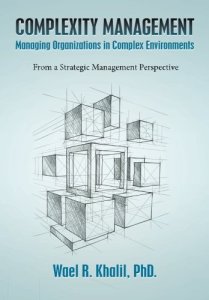Part I: the Middle East in the World Geostrategy
Middle East countries are located in the heart of the geostrategic interests of the United States, Europe, Russia, and China. They are located in the stability belt of the United States and Europe (stability belt is the zone surrounding Russia and Eastern Europe). The MIDDLE EAST countries control important navy lanes and air corridors; own the oil which is the source of the global energy; and separate Russia from the warm waters. In addition to the Arab- Israeli conflict that is influencing all the internal geopolitics of most the Middle East countries, and influencing the external geostrategic moves in the region.
Accordingly, the area is always under focusing not only by all the great powers but also by the emerging powers as well. Emerging powers such as China and regional emerging powers such as Turkey and Iran are very interested in the region. They scan the geopolitics and geostrategic changes regardless of the intention of each of them.
Globalization does not ease the geostrategic concerns because trades occur through the sea lanes, air corridor, and land routes. In contrast, globalization pushes towards protecting trade gains and accords. No doubt, the United States is the main power in the region and plays a vital role in shaping the geostrategy of the region. The global powers have not only an indirect effect on the geopolitics of the local countries but also they have a direct effect in some cases.
For example, Shah Riza was forced to abdicate in 1941 and succeeded by his son Mohammad as a sort of punishment because of his support to the German Rich in World War II. In Syria: USA, Saudi Arabia, and their alliance from one side are supporting the rebels; while Russia, Iran, and China on the other side are supporting the Syrian regime. The United States, France, and Britain intervened coercively in Libya to force Ghadafi to step down; while the United States supported the Yemeni president Ali Saleh before his stepping down. In fact, most Middle East countries in the t are exposed to geostrategic intervene from external powers if serious geopolitical changes occur in any local country, or if serious geostrategic changes occur in the region. Most Middle East countries are vulnerable and prone to the danger of interference. No country is immune.

